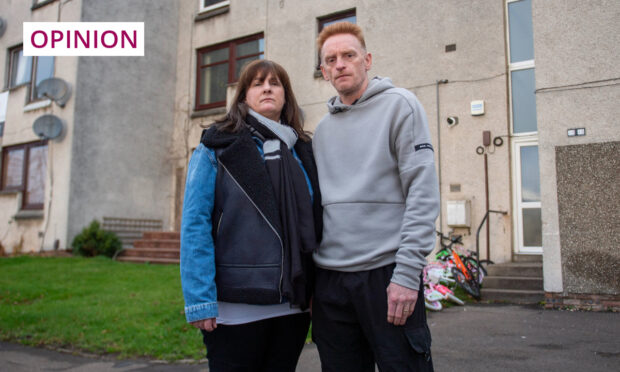The Scottish Parliament’s summer recess is over. MSPs have zipped up their cagoules – the Greens with a bit more purpose perhaps – and returned to the nation’s capital.
Each new parliamentary year is usually stamped with a set piece Programme for Government statement from the First Minister.
It’s a big event where she unveils the next dozen or so pieces of legislation she intends to present to Parliament for MSPs to deliberate and vote upon.
This year feels different though.
In part it’s because of the pandemic of course.
Cases are still soaring and although deaths and hospitalisations are, at least, in percentage terms far smaller than the used to be, Covid-19 is still dominating the discourse.

There are big decisions ahead about how to support businesses to recover as the furlough scheme tapers off and winter looms.
Is every job salvageable? And if not, how do you decide whose livelihoods are viable?
Aside from jobs and businesses, what has the pandemic done to an already stretched National Health Service?
Some health board areas are reportedly back in the realm of cancelling elective procedures. The flu season is ahead. We have an exhausted workforce.
The flu vaccine is the safest, most effective protection against flu. The flu vaccine is not a live vaccine and cannot give you flu. If a child or young person has had the COVID-19vaccine, this won’t protect them from flu, they need to get the separate flu vaccine. pic.twitter.com/gcHkOWgEqG
— NHS National Services Scotland (@NHSNSS) September 1, 2021
So what does the NHS need? Money, reform or both?
And what other long term trends emanating from the pandemic might the government have to respond to?
If people continue to work from home and shop online, do we need to accept that the High Street is dead or can it be brought back to life with government support?
By support we mean cash, so where is all this money coming from if taxes aren’t going up?
Sure it’s cheap to borrow now but does the state credit card have a limit and who is paying the bills and when?
Greens deal means a different outlook
No shortage of issues in the inbox of the government then.
Yet this year’s programme for government feels different for another reason.
It comes days after the Scottish National Party government entered into a co-operation agreement with the Scottish Green Party.
We’re told it’s very definitely not a coalition.
They will vote together where they agree and apart where they do not.
The Greens will have ministers in Government and special advisers to support them.
In turn they will forego a significant chunk of their opposition speaking rights in the Parliamentary chamber.
The word co-operation agreement carries slightly sinister undertones for me. Maybe I’ve been watching too many police dramas. When a character is co-operating with police inquiries it’s never a relationship of equals.
It strikes me as fundamentally good politics though.
Politics without the Punch and Judy
For starters, what is standing for parliament for if it’s not to realise your beliefs, policies and principles.
You can do so much of that when you have power and access to the levers of change.
No wonder the Greens are so thrilled to be there.
It also means more Scots are represented in power by parties they voted for.
The combined vote share of the Greens and the SNP in May’s election represents 49% of Scots. Together they received more than 2.6 million votes across both ballots.
And it’s good because it takes us away from the Punch and Judy politics that usually monopolises the budget process.
Too often in the past these have been nothing short of charades, with the Greens threatening to vote the budget down if they don’t get a few million more for active travel routes.
And all the while Rome burns.
Taking the budget out of the equation works for everyone.
It enhances the Greens’ influence on Government all year round and, at least in theory, it removes the theatrics from the budget.
How do Greens put priorities into practice?
But what does that Green influence look like in practice? We know their Ministers will be largely focused on housing and green jobs, so let’s take each in turn.
For the Greens, whose vote historically comes in great swathes from Glasgow and Edinburgh, it means reforming rental rights, which are already considered among the best in the world.
The Greens want rent controls. This is a mechanism designed to rein in the private rented sector which is driving up poverty levels in our cities.
But will a focus on rent controls take energies away from the desperate need to build social homes?
Do the greens believe in building huge numbers of more houses or does that sit ill at ease with what they believe needs to be done to achieve our climate change targets?
I’m not clear.
On energy, the Greens understand that our reliance on oil and gas must end, but do they fully understand the lives of those reliant on the industry?
Much has been made of the need for a just transition, but there will be many people in the north east wondering what job they’ll be doing in 10 years’ time.
This is what will make this so fascinating to watch.
Ministerial office is a wish come true for the Greens but it also demands that they transition from being a party of campaigns, demands and protest to one of power.
And it’s a world where delivery may mean consensus building and compromising on their principles.











